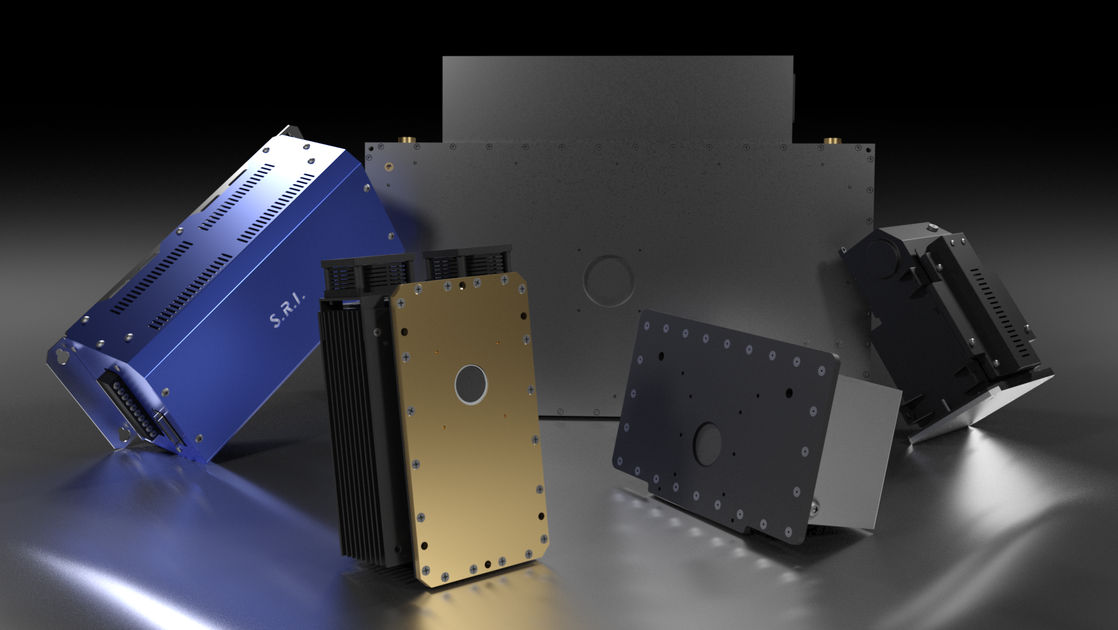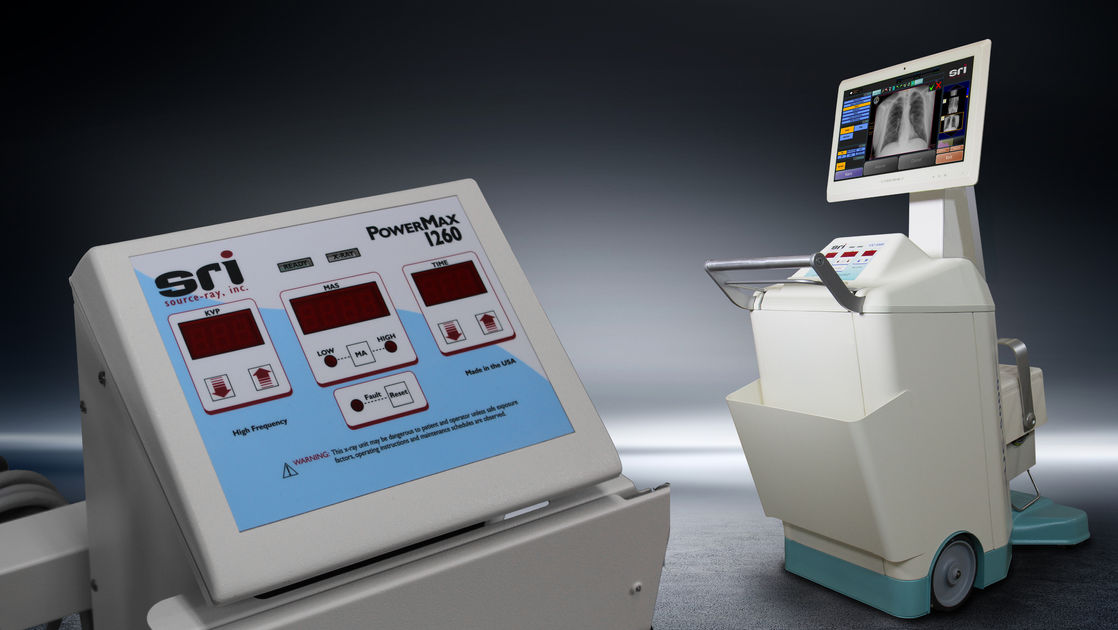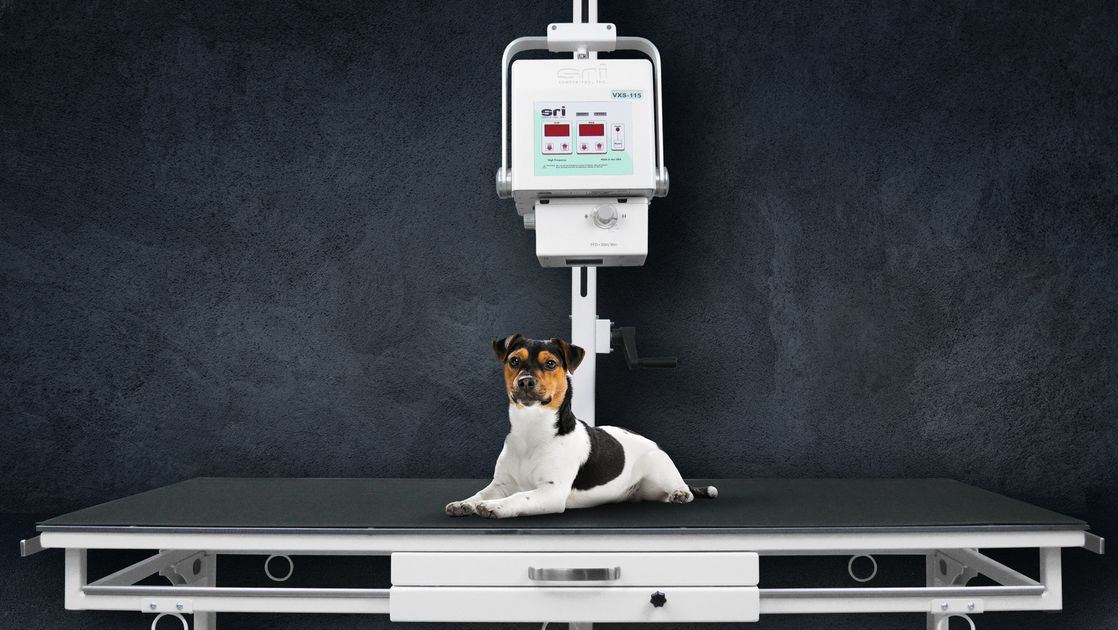7 Common Medical Applications of X-ray Generators

X-ray technology is a cornerstone of modern medicine, powering a wide range of diagnostic and therapeutic tools. Beyond the familiar chest X-ray, X-ray generators are used differently in medical imaging. In this article, we explore seven common medical imaging applications that leverage X-ray.
Mini C-Arm
A mini C-arm is a compact, portable fluoroscopic X-ray system commonly used in orthopedic and sports medicine for real-time imaging of extremities. In mini C-arms, which are often used for imaging small anatomical structures like hands, wrists, ankles, and feet, high resolution is critical for accurate diagnosis and precise surgical guidance.

Specimen Radiology & Pathology
In surgical pathology, specimen radiology uses X-ray imaging to confirm that targeted lesions are present in excised tissue and to guide further treatment decisions. For example, during lumpectomies, X-rays ensure tumors or microcalcifications are within the specimen and surrounded by clear margins.
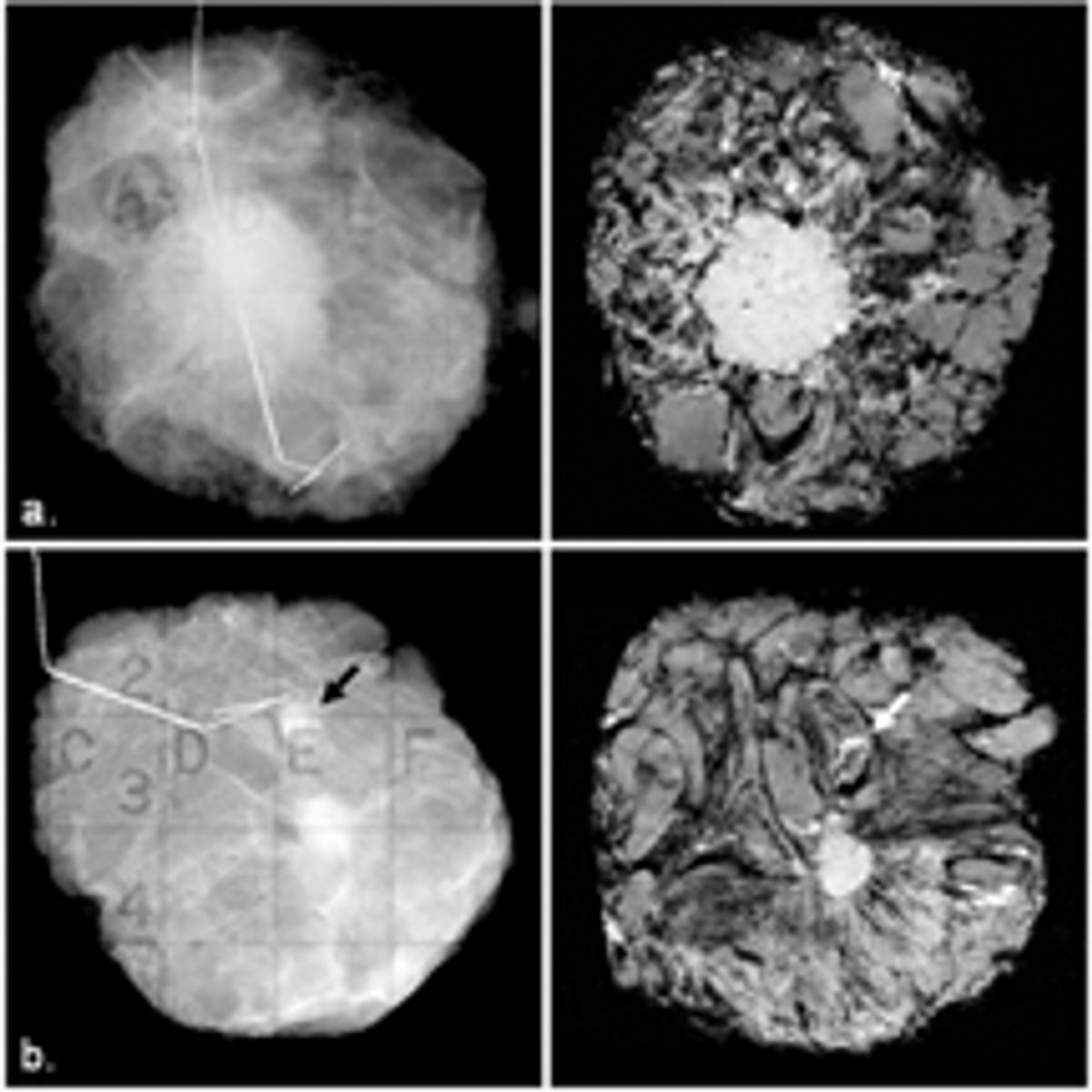
Micro CT
Micro-computed tomography (Micro CT) uses high-resolution X-ray imaging to visualize small objects in three dimensions, ideal for research and specialized diagnostics. It allows researchers to examine internal structures like bone architecture without damaging the specimen. This non-destructive approach is especially useful in preclinical studies, material science, and developmental biology, where preserving sample integrity is essential.

Mobile CT for Head Trauma
Mobile CT units for head trauma offer rapid, bedside brain imaging, critical in emergency rooms, ICUs, and even ambulances. These X-ray systems diagnose conditions such as traumatic brain injury and stroke without moving critically ill patients. Their portability reduces time-to-treatment, improves patient safety, and allows for continuous monitoring in unstable cases.

Bone Densitometry
Bone densitometry, primarily using dual-energy X-ray absorptiometry (DXA), measures bone mineral density to diagnose osteoporosis and assess fracture risk. By accurately isolating bone from soft tissue, this technique supports early intervention strategies. control of X-ray energy levels is essential to distinguish between different tissue types and ensure accurate quantification.
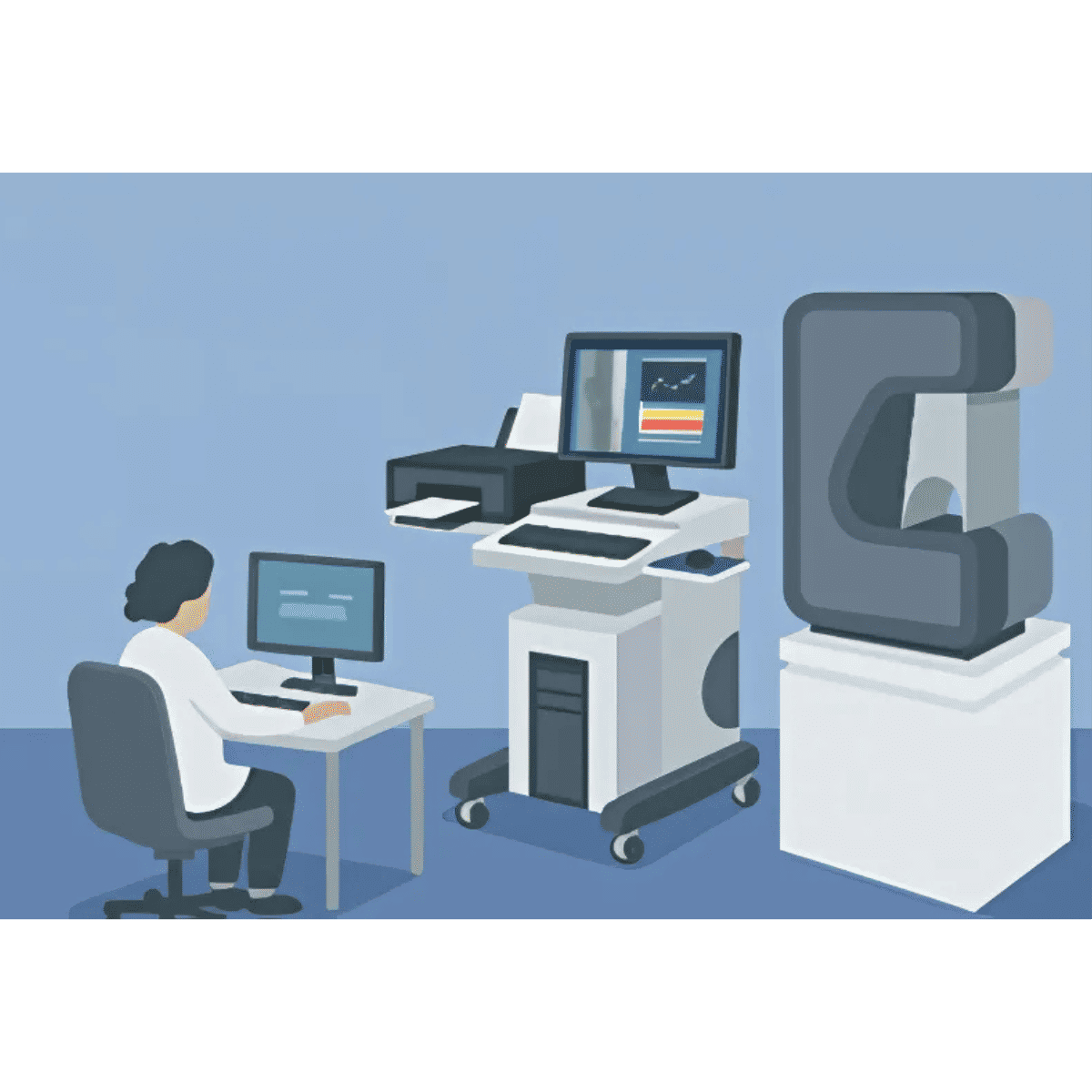
Medical Irradiation
Medical irradiation utilizes X-rays not for imaging but for treating or modifying biological materials. The entire purpose of a medical irradiator is to deliver a specific, precise amount of radiation (dose) to a sample or a biological product (such as blood). Blood irradiation, for instance, uses controlled X-ray doses to inactivate donor lymphocytes, preventing transfusion-associated graft-versus-host disease.

Medical Research & Education
X-ray technology is fundamental in medical research and education. Researchers use imaging to track disease progression in animal models or evaluate medical device integration. Meanwhile, students and trainees learn anatomical structures and practice procedures in controlled environments using X-ray-based simulations.

Source-Ray X-ray Generators in Medical Imaging
In conclusion, Source-Ray delivers robust, powerful, and reliable medical X-ray generators designed to deliver stable kV and mA outputs, with microfocus tubes to deliver precision and consistency in medical imaging. From mini C-arm, mobile CT, and specimen radiology, to MicroCT, bone densitometry, and medical irradiation, our X-ray generators empower accurate diagnostics and dependable performance across all these applications.
Popular Posts
-
How Mobile X-Ray Systems Are Transforming Wildlife Rehabilitation
2 weeks ago -
Portable X-Ray Systems: Bringing Diagnostic Care to the Home
1 month ago -
Portable X-Ray Systems: Advancing Tuberculosis Detection in Correctional Medicine
1 month ago -
The Advantages of Portable X-Ray Systems in Sports Medicine
1 month ago -
How X-Ray Thickness Gauging Improves Accuracy and Safety
2 months ago
Source-Ray
REIMAGINING X-RAY
Your Trusted Partner in the Design & Manufacture of X-ray Generators and Medical Systems
Get in touch with our X-ray experts
We're here to help you with all your X-ray needs
